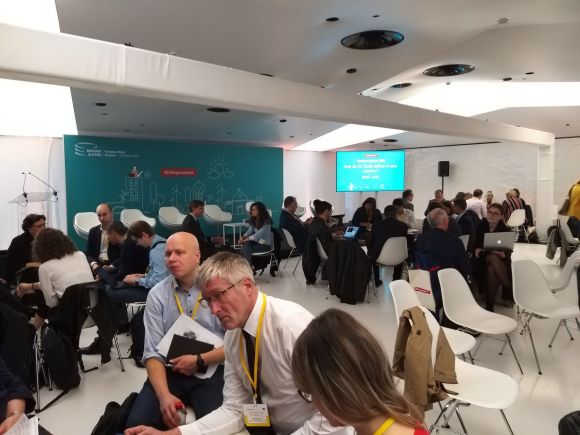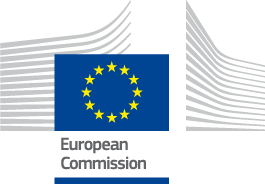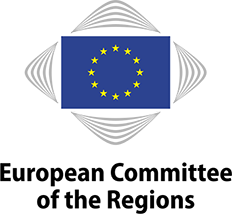
Behind the curtains of East Europe, Poland’s communist past and grey architecture aren’t part of it anymore. Today, its developed infrastructure, competitive markets, and innovative technologies are well sustained. Statistically, 82 % of Polish citizens are informed of the EU cohesion policy, making Poland the most aware EU country. So, how are the regional policy and EU funds active in the country?
The sectors the most supported by the EU funds in Poland are research and environment, in addition to other advanced ones. According to European Semester 2019, (a report which assesses progress in fulfilled projects) the country is working to increase investments to support skills development and cleaner energy. The enlarging of capital funds, developing skills, boosting innovation and increasing entrepreneurs are part of the major aims which have to be reached for future growth. As such, most regions in Poland have similar sectorial programs. That's why there is a balance in the results between all present 16 regions as much as possible, although some regional disparities still persist. For instance, in the environmental perspective, Warsaw started using electric buses and bicycles to decrease pollution. The Śląsk province will remove its mine coals which produce a large amount of waste.
Programme manager of Poland and team leader of major projects, Maria Galewska, explained that when she visited schools as part of the “Back to school” ritual, many children didn’t understand the role of the EU Commission and Poland’s membership in the European Union. Thus, communicating with youth through Facebook about the different programs is indeed a very important part of the work. Also, clarifying the goal behind the implementation of these projects is necessary to understand, why the programs are being applied rather than just seeing a vague final output.
The newest EU Projects
"EuroVelo" : As the name suggests, it is a network that combined the field of sports with tourism. The idea of visiting several Baltic countries by bike might sound absurd. However, discovering the cultures of nearby cities and taking a closer look at biodiversity supports a cause. As part of greener Europe, this project promotes healthy and sustainable travel. The route includes 16 safe cycle routes and the whole network will be completed by 2020.
"Marine Science Center" : This recent EU project spreads knowledge about shipping, sailing and the history of the Baltic sea. It serves as an educational and cultural facility in the city of Szczecin. The museum is in the shape of a ship, with a terrace on the roof. It is located on the sea.
"Three new metro lines": As part of the infrastructure and environment program, the EU funds allocated part of the money to deliver three new metro lines, on the Eastern section of Warsaw. The second metro line routes to the Prague side of the Vistula river. Also, the southern section will be located nearby the National Stadium station. The third line is still under work.
“The allocation budget in the upcoming years will be decreased by one third, in order for the funds, to be sent to our neighbor countries, and balance the development between regions”, indicated desk officer at EU Commission, Jolanta Świątkowska. Money will still be allocated because there are still a lot of places to improve. For example, the innovation performance in Poland remains below the EU average. There are many areas to work on for Poland. To continuously represent a smarter, greener and more socially connected Europe, and perhaps, to decrease the 47 % of Polish people who said that the fund can do better in EU as a whole.
Tracy Saade (Lower Silesia, Poland)



